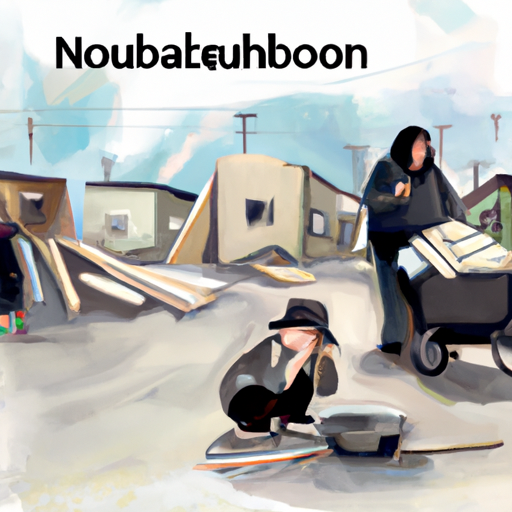The Canadian Opioid Crisis – A Perilous Sea Ripples Across Manitoba
Hello there! If you are a frequent visitor of our blog, you would know that we are passionate about the opioid crisis happening in Canada. We are continuously keeping track of the latest news to keep you updated and informed about this persistent public health crisis that has been intensifying over the years. Today, we bring a fresh perspective from an article from APTN News which provides insight into how the opioid crisis vulnerability of First Nation communities in Manitoba.
First Nation in Manitoba – An Increase in Vulnerability
The APTN News piece highlights that a flood prevention project in Manitoba could potentially exacerbate the vulnerability of First Nations communities in the region, exposing them to the ripple effects of the opioid crisis. These communities were already facing socio-economic issues due to geographical isolation, lack of access to public health care and social services, and vestiges of colonialism which gets worsen by this newly introduced difficulty.
Detrimental Effects of the Opioid Crisis on First Nation Communities
This is not only about opioids, this is about lack of healthcare services, infrastructure, education, and social support systems that are inextricably linked with efficient prevention and management of the opioid crisis. Giving up traditional lands to pave way for a flood prevention project can lead to displacement and increase homelessness among the First Nation communities. This in turn can escalate the stress levels and drive more people towards substance abuse, fueling the opioid crisis further. Some key concerns related to this situation are:
- Increased homelessness due to displacement
- Inflated stress levels leading to substance abuse
- Escalated crime rates due to withdrawal symptoms and need for money for opioids
- Overcrowded shelter homes affecting mental health
- Increased dependence on opioids leading to inflated overdoses and related deaths
Fighting Back Against The Opioid Crisis – The Naloxone Role
Naloxone has surfaced as a go-to solution to combat the opioid crisis by reversing the effects of opioid overdoses, which has been cause for an alarming number of unnecessary deaths. Naloxone kits have been distributed in various harm reduction centers and communities as an opioid crisis intervention tool. However, in communities like the First Nations where accessibility to health services is already a concern, ensuring a widespread distribution of naloxone becomes challenging.
Where do we go from here?
An alliance across public health agencies, the government, and community organizations is needed to provide a comprehensive solution. This includes preventative measures, accessible treatment centers, community education, and distribution of naloxone.
Closing Remarks – Every Step Counts
To sum it up, the complexity and depth of the Canadian opioid crisis are far-reaching. It’s not only affecting urban centers but also impacting the remote and vulnerable communities like the First Nations in Manitoba. As we look into the effects of the opioid crisis on these marginalized communities, our focus should not veer away from the fundamental need to ensure access to health services, social support, and housing which are key determinants of combating the opioid crisis. A holistic approach is vital in this battle against the opioid crisis, and every step we take brings us closer to a solution.


